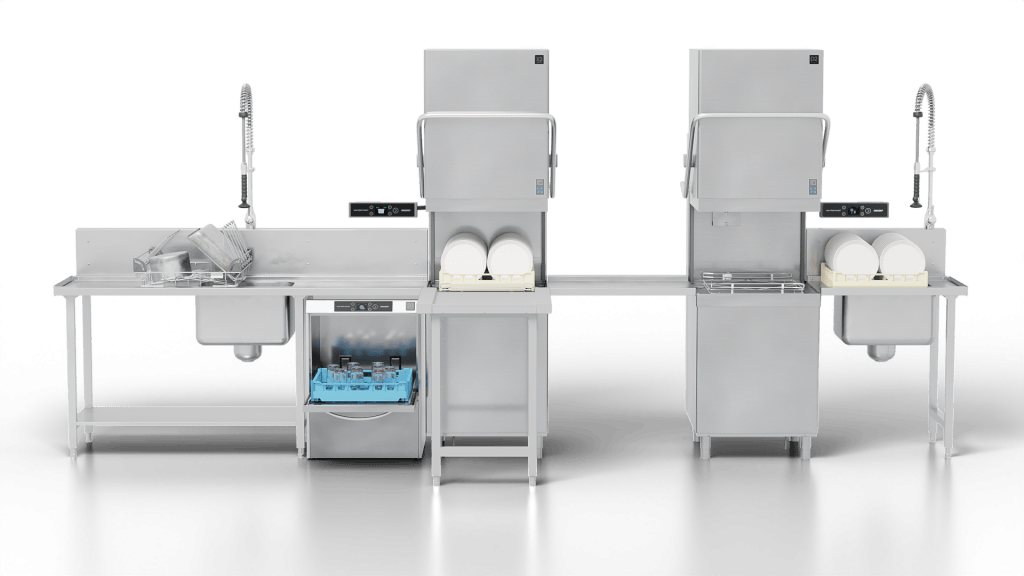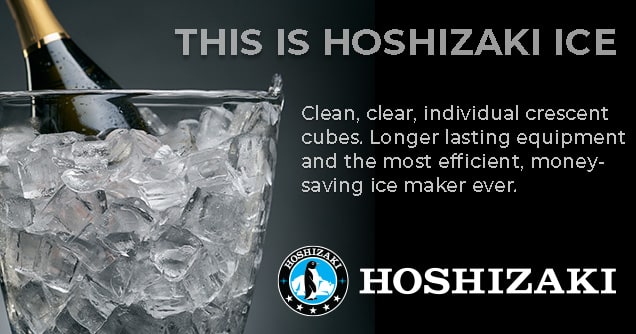
Getting new hires up to speed is more important to restaurant operators than ever before, and a bit of planning when it comes to initial training can prevent many of the usual staffing headaches before they begin to throb.
“All positions must first be ‘integrated’ in the concept, purpose, structure, organogram and faith of the brand,” says Marco Amatti FCSI, CEO of Brazil-based consultancy MAPA Assessoria.
In the back of the house, says Amatti, that includes menu knowledge and production, equipment functioning, cleaning and food safety. Out front, it refers to menu knowledge, operational system, organization, PDCA (Plan-Do-Check-Act) cycle in the service/customer journey, sales and service techniques. When it comes to management staff, add controls such as vital Key Performance Indicators (KPIs).
The first step should be integration in the classroom, Amatti believes, with all of the other steps taking place on premise. “Sometimes it is good to give a ‘homework’ to trainees.” He holds that “people trained to train” should handle the chore. “Many professionals are not so good in training new people. The director or owner or human resources manager must detect who has this skill.” He figures the training period should last at least two weeks, “but training never ends. It must be a daily task for everybody.”
Hire better
The first step in effective initial training – actually, the step before the first step – is weeding out poor candidates. Douglas Stuchel MAT, CHE, CRM, associate professor of food & beverage management at Johnson & Wales University in Providence, Rhode Island, believes the key to success with initial training takes place before the initial training begins – during the hiring process. “Make sure to do a position analysis that will be used to update the job descriptions so that they are clear and accurate. Make sure they are worded in a way that does not discriminate and provides equity and inclusion statement.”
These questions could include:
- What is the job summary?
- What is the job setting/environment?
- What are the essential functions of the job?
- What are the required tasks and duties the employee would be responsible for knowing and doing?
- What are the job requirements (job specification), years of experience, education, certifications, etc.?
When asked correctly, behavioral-based interview questions during the screening process can draw out the potential employee’s past work experiences, says Stuchel, and reveal how they handle stress and interact with customers.
Another aid to initial training comes when the operator invests the time to have the employee become comfortable, learn about the company, and get to know managers and co-workers. “Give a detailed tour,” Stuchel advises. “Assign the new hire to a mentor or training buddy, so they know who to ask specific questions to or if they need clarification.”
Think ‘Puppy’
“We are actually diving deep into online training modules for front of the house,” says Marilyn Schlossbach, a New Jersey-based restaurateur whose properties include Langosta Lounge, The Sparrow at WCP, and Chinese Fish House. “As the industry comes back from Covid, we are hiring people from new outlets, demographics, experience and age.” Many of the new hires have not worked in the restaurant industry, and so will need more onboarding than industry veterans.
“The first thing we need to do is attract people who fit our company culture and core values,” explains Schlossbach, a trained chef and chocolatier who operates restaurants in Long Branch and Normandy Beach, New Jersey. “Once we evaluate that through a short video and application that delves into social emotional intelligence, we can then begin a series of online video modules.”
Her company’s online training takes place over the course of a week. “Our in-person training period will be a two-week process that will be paired with an apprentice mentor to support the new hire through the process. This will also enable us to evaluate throughout.”
Schlossbach confesses that she always relates this new-hire training process to training a new puppy. “You must take the time in the beginning, or the bad habits will follow throughout the time you are together. Our mission is an important tool from which to make our decisions, and to instill our values into our team. We share a plate of happiness through adventure, community and aloha spirit.”
Having new hires watch current staffers go through their tasks is an invaluable method not only for learning proper procedures – so they can help during busy periods or even step in if need be — but for memorization. Chris Tripoli, FCSI, has found that having new back-of-the-house staffers go through the thought processes behind the various functions such as scheduling and ordering aids in understanding how and why things are done the way they are. It also fosters a sense of teamwork to have managers work shoulder-to-shoulder with lower-paid veteran kitchen employees.
Providing new staffers with what amounts to a curriculum — having them work at a single task or position until they have mastered it rather than having them tackle a variety of tasks during a shift – is another effective approach to training. Refreshers before and after shifts helps cement knowledge and understanding in place.
How much time to give a new hire to get the hang of his position “depends on the function (and whether or not) it can be provided or redone,” says Amatti. “All training must include an evaluation for trainee and trainer. When I was in the army, if the trainee did not learn both were punished.”
Operators’ mistakes are made primarily in the selection process, Amatti has found. “Some people do not have enough empathy or ‘team mind’ to work in the restaurant industry. Using the wrong language or authoritarian behavior with new generations can be a barrier to building a team and retaining people,” he says.
Box: Top tips on training new hires
* Help ensure that training will be effective by delineating in detail – before the actual hire — what will be expected. Letting applicants know exactly what they will expected to do can help weed out those who will be unable or unwilling to perform satisfactorily.
* Assign a mentor or training buddy.
* Assist new hires in gaining an understanding of the restaurant’s systems – why things are done the way they are – rather than simply the how of individual tasks.
* Develop an initial training curriculum that calls for mastery of individual tasks rather than simply working traditional, multi-faceted shifts.
* Have newly hired managers work alongside current kitchen staff not only to observe how tasks are done, but to foster a sense of camaraderie.
* Decide in advance how long new hires have to get the hang of their positions in order to accurately quantify their progress and spotlight the need for supplemental training.
Howard Riell




